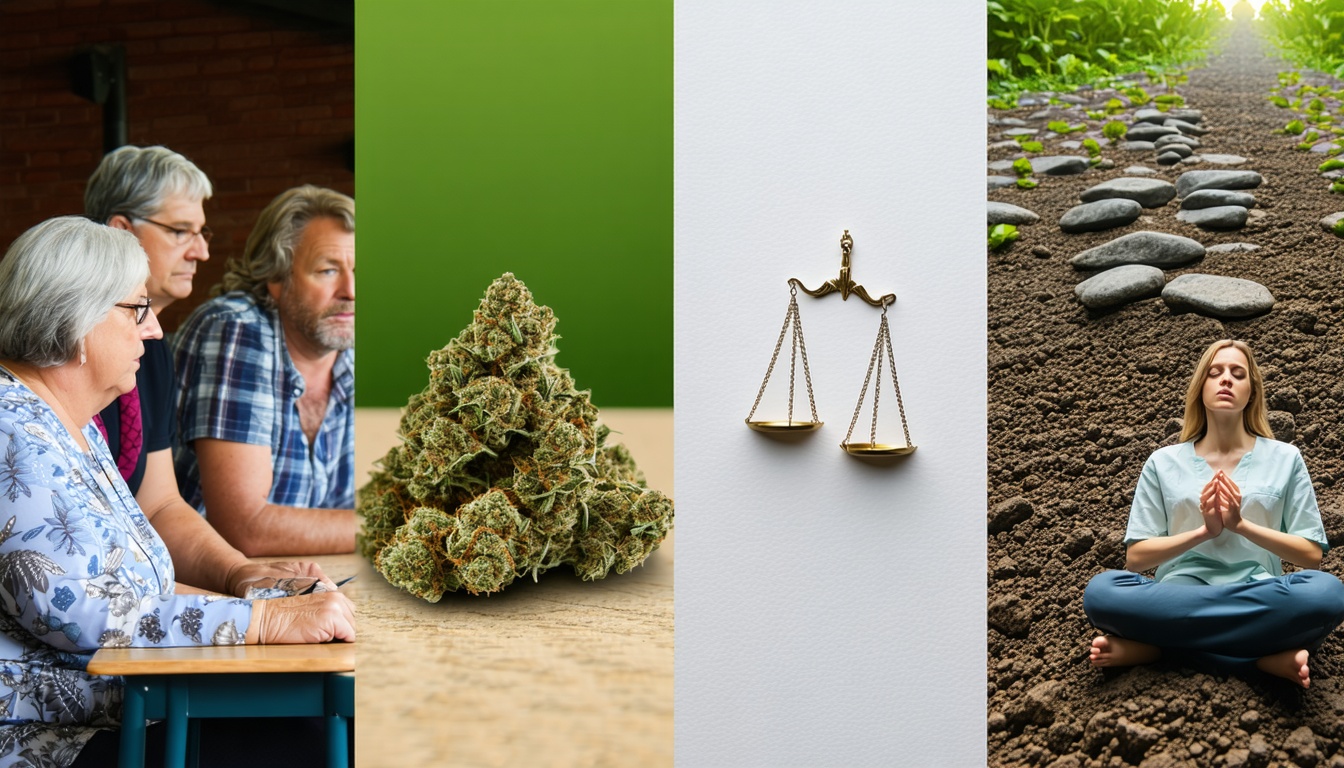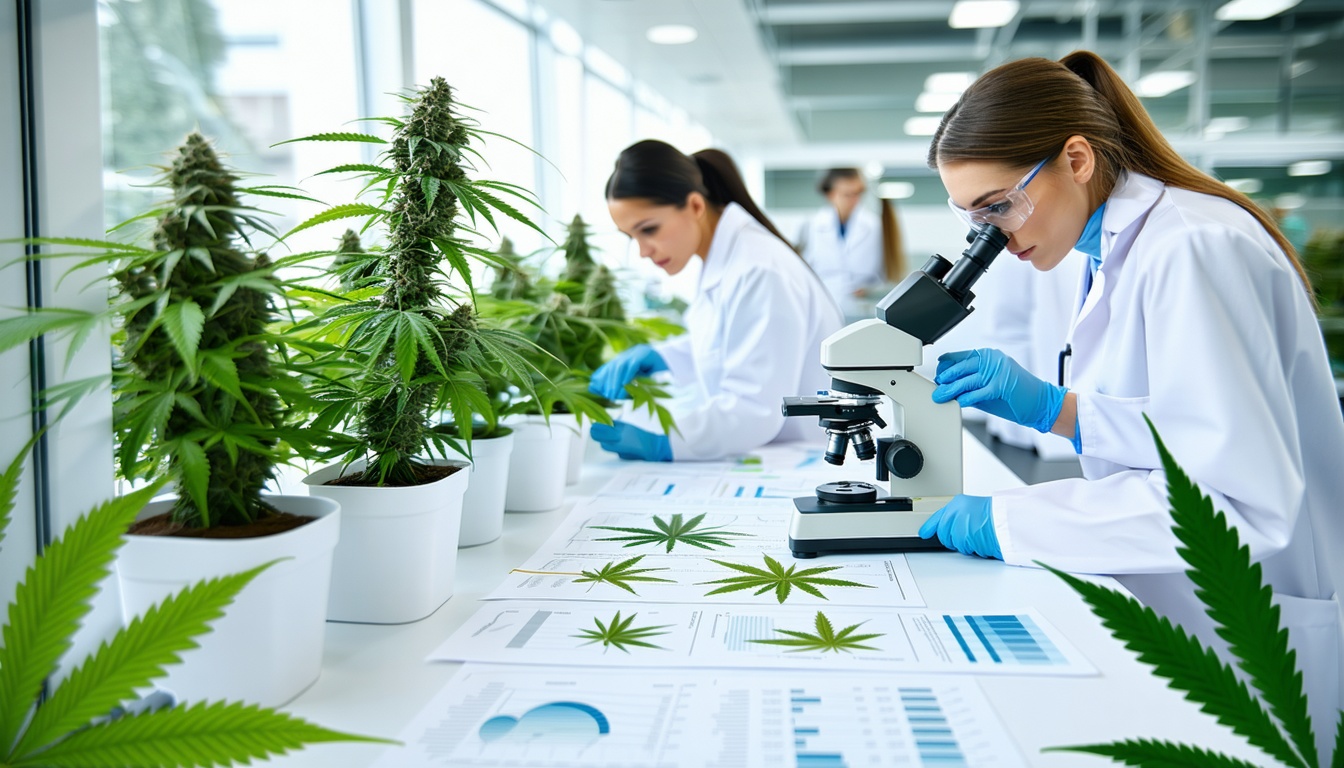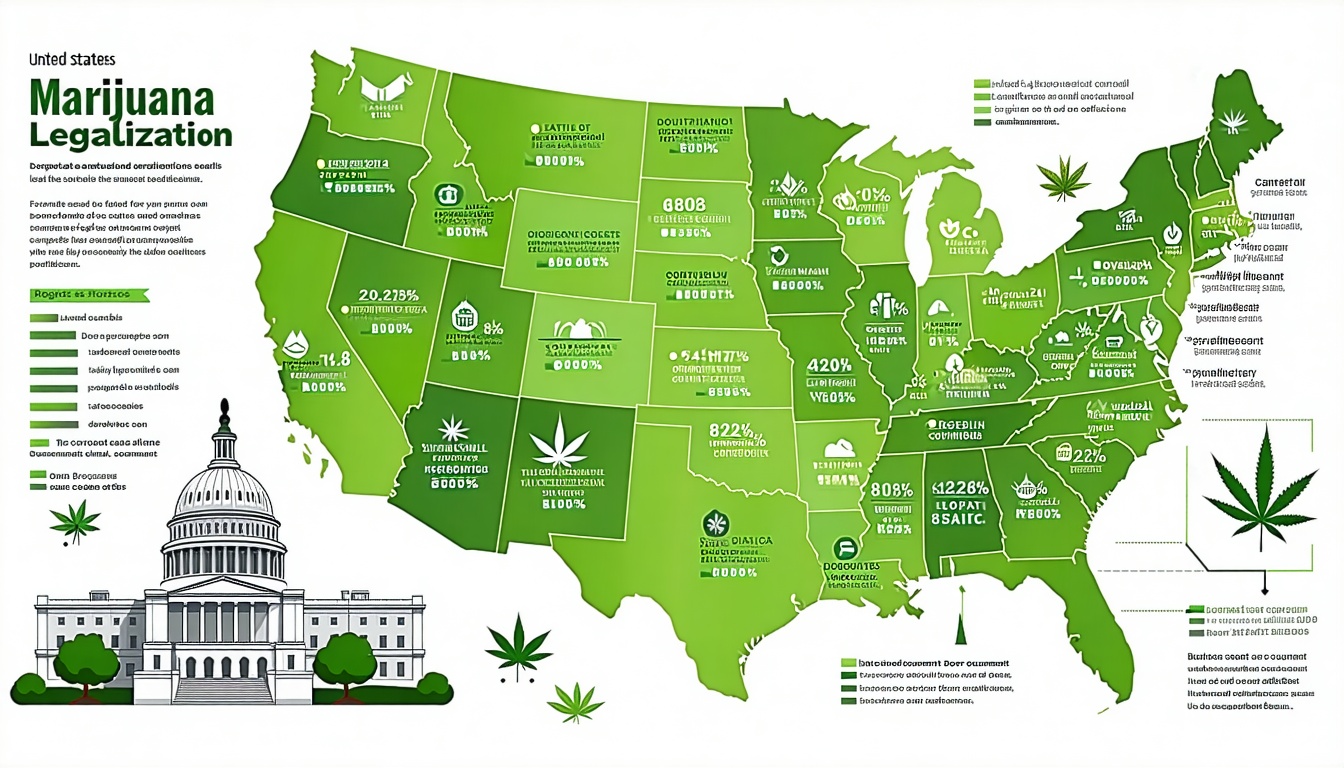For the first time in history, both major presidential candidates are advocating for some form of marijuana legalization, a move that aligns with the growing public support for the issue. A record 70% of Americans believe marijuana should be legal, and 24 states and the District of Columbia have already legalized its recreational use. However, the debate should now shift from whether marijuana should be legal to what comes next.
As the number of marijuana users continues to skyrocket, concerns about the drug’s negative consequences are becoming increasingly urgent. According to a recent study, the number of Americans reporting daily or near-daily cannabis use has increased by 15 times over the past 30 years. This surge in consumption has led to a range of negative effects, including impaired motor skills, slowed reaction times, and distorted judgment.
The next president must address these concerns by implementing strategies to reduce the harms associated with marijuana use. This includes developing a cannabis breathalyzer to detect THC levels in users, similar to those used for alcohol, and enforcing efforts to prevent impaired driving. Additionally, the president must prioritize addiction treatment and address the growing addiction crisis, as nearly 3 in 10 marijuana users develop cannabis use disorder.
The president must also acknowledge the negative health effects of marijuana use, including an increased risk of heart attack and stroke, as well as links to laryngeal cancer, schizophrenia, psychosis, and worse cognitive function. A national educational campaign is necessary to inform the public about these risks and promote responsible use.
Furthermore, the president should propose and enforce laws to protect Americans from secondhand marijuana smoke, similar to those already in place for tobacco smoke. Decriminalizing marijuana without legalizing it could be a more effective approach, as it would reduce the harm caused by the drug without promoting its use.
Ultimately, the next president must prioritize the health and well-being of Americans by addressing the negative consequences of marijuana use and implementing strategies to reduce its harms.












